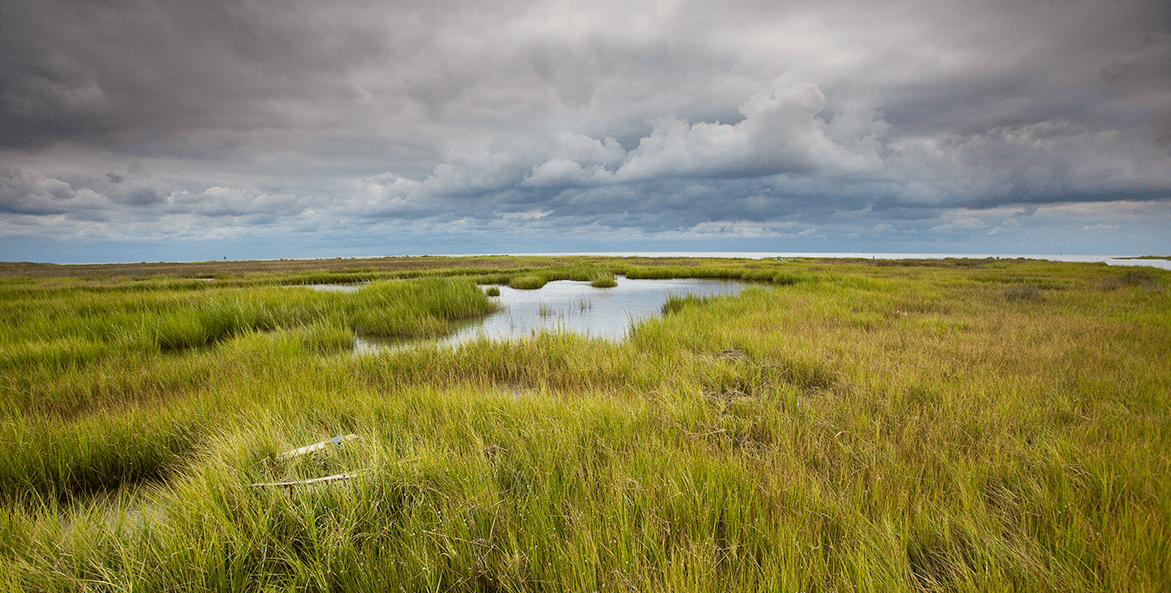This op-ed originally ran in the Virginia Mercury.
You often smell them before you see them. Harmful algal blooms are an annual summer curse in Virginia’s waterways, staining waters shades of red, green and brown. This year has been no exception, with blooms observed from Lake Anna to the James, Lafayette and Lynnhaven Rivers, to the Chesapeake Bay and Virginia Beach (see That stinky smell at the Virginia Beach oceanfront is an algae bloom).
Disgusting proliferations of algae threaten the best of summer in Virginia — going to the beach, swimming, fishing, boating, and enjoying local seafood — which attracts tourists and residents to coastal regions. These blooms hurt jobs and the local economy.
Fortunately, we can do something about them. During the legislative special session this month, Virginia legislators should continue to provide robust support for programs that reduce algae-feeding pollution from stormwater, agriculture and sewage treatment plants.
Harmful algal blooms dye the water freakish colors and they also can harm or kill fish, crabs and oysters. This can hurt Virginia’s rebounding seafood industry, especially during this already stressful time for these businesses. Many species of algae also pose human health risks. It’s safer (and more pleasant) to stay out of the water when you see an algal bloom. The Virginia Department of Health monitors harmful algal blooms for this very reason.
When the algae die and decompose, the bacteria that consume them use up oxygen in the water, creating dead zones where sea life can’t survive. The results can include fish kills that wash thousands of dead fish on our shores, as seen this month in Maryland waters in the wake of Tropical Storm Isaias. Desperate to breathe, blue crabs sometimes crawl on land in massive numbers to avoid suffocation in oxygen-starved water. Scientists call these events a crab jubilee, although they are nothing to be joyful about.
Too much pollution is the main culprit. Algal blooms flourish in warm summer waters, fed by pollution that washes into rivers as runoff from farms and cities, and discharges from sewage treatment plants. Virginia’s plan to reduce this pollution to waterways — the Chesapeake Clean Water Blueprint — is designed to ensure all Bay states put in place by 2025 the practices necessary to prevent this pollution.
Virginia has largely stayed the course towards meeting that goal, but COVID-19 has introduced new uncertainties. Earlier this year, state legislators and Gov. Ralph Northam approved a budget with substantial investments to help farmers prevent agricultural pollution, projects in cities that reduce polluted runoff and upgrades to wastewater treatment that lead to cleaner discharges.
Now Virginia legislators are convening in a special session to reconsider that budget, in light of the pandemic and social challenges. We urge Virginia money committee chairs Del. Luke Torian and Sen. Janet Howell, along with all other state legislators, to remember the incomparable value of investing in our waterways. Virginians need clean water for our health, wellbeing and thriving local economies.
This summer’s algal blooms illustrate how this is connected, and why we still have work to do to clean up waterways. Farmers fencing livestock from streams in the Shenandoah Valley will improve cattle health, boost trout populations and reduce waste washing into the Chesapeake Bay. When sewage plants update their treatment systems, we will all experience less pollution and fewer algal blooms. When cities prevent runoff with trees, wetlands and rain gardens, there is less pollution, less flooding and more green space so communities can grow and thrive.
These programs all rely on state funding, and all have multiple benefits for the economy, public health and outdoor recreation. With the special session about to begin, now is the time for Virginia to recommit to cleaner water, reduced algal blooms and making the most of our waterways.
Peggy Sanner, CBF’s Virginia Executive Director
Issues in this Post
Runoff Pollution Virginia's Agricultural Cost-Share Program Virginia's Stormwater Local Assistance Fund Water Quality



